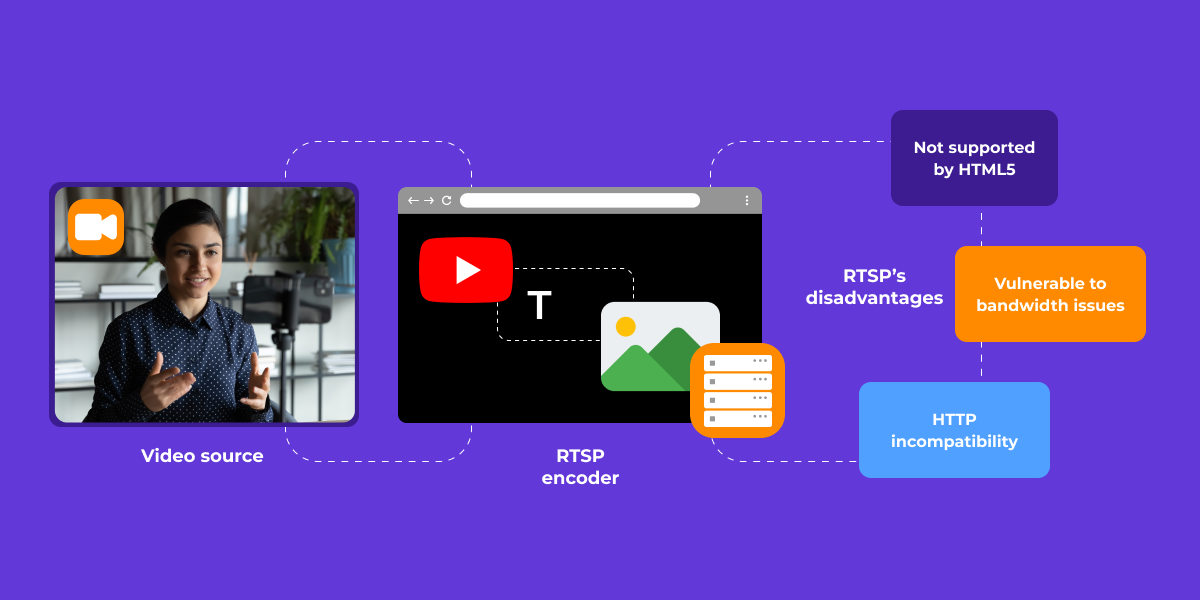
If you haven’t already, download Raspbian and get it onto a SD Card. Not going to go into too much detail here. Compile FFMPEG with Hardware Acceleration.

Update: If you’re just looking for results, check out my helper script that does all the work for you! wget

So why do this at all? Well because 1.) It’s all under your control and no worry about Chinaware, 2.) If you already got the equipment, it’s another free security eye, and 3.) It’s fun. A 1080p WiFi camera that has has ONVIF capabilities can be had for less than $50. If you don’t already have a Pi and a webcam or pi camera for the cause, don’t run out to buy them just for this. Now, the first thing I am going to do is discourage you. That way we can also hook it into a larger security suite without draining any of its resources, in this case I will use Blue Iris. This will save huge amounts of bandwidth! It also does not require the client to re-encode the stream before saving, distributing the work. Then we will send it over the network via rtsp. With our IP camera, we are going to take it further and encode the video stream locally. Or set up MotionEyeOS and make it into a singular video surveillance system. Sometimes they go a bit further and set the Raspberry PI to stream MJPEG as an IP camera.

Other posts I have read on this subject often only use motion to capture detection events locally. (Can also use a raspberry pi camera if you got one!) That may change with the new Raspberry Pi 4, but what to do with all those old ones? Or how about that pile of old webcams? Well this article will help turn all those into a full on security system. Raspberry Pi’s are wonderful little computers, just sometimes they lack the umph to get stuff done.


 0 kommentar(er)
0 kommentar(er)
